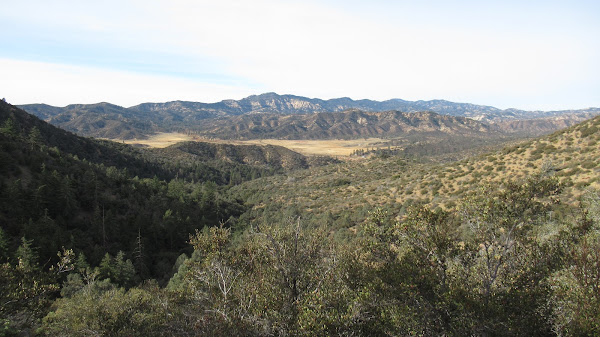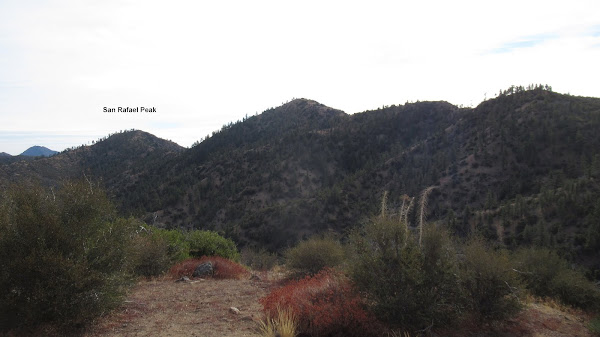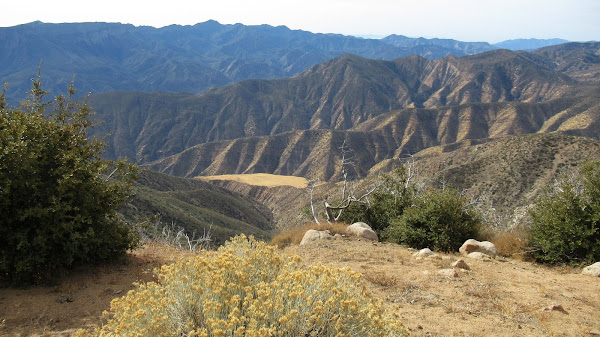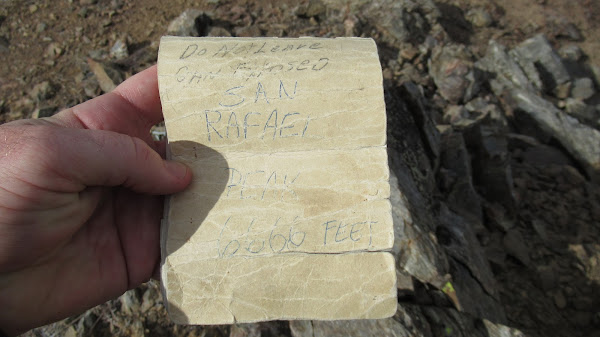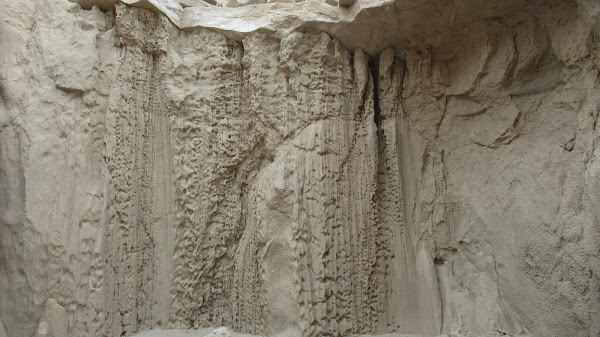Distance: 7 miles round trip on trail
Summit Elevation: 1220' (San Marcos), 1646' (Double)
Prominence: 464' (Double)
Elevation Gain: 1455'
Elevation Gain (in Empire State Buildings): 1.1
Round trip time: 2 hours 45 minutes
Recommended water: 32 oz.
Parking/Fees: Free at Lakeview Park
Difficulty: Easy
Leisa and I drove to San Marcos to work off some turkey and apple pie. We followed a peakbagger track from TJ Kodras for a loop picking up San Marcos Peak and Double Peak. We masked up and started west toward San Marcos Peak. The route winds through some residential neighborhoods and I recommend following a GPS track to navigate through the streets in this section. After some paved road hiking, we made a sharp climb up to the towers on San Marcos Peak. The views opened up as we climbed and I was surprised with a clear view of the Pacific Ocean. I thought we were too far inland to see the ocean. The summit of San Marcos is enclosed in a barbed wire fence so we could only get as close as the fence. After a few minutes looking around, we continued along the ridge, then dropped 100' to a saddle. The wide trail follows the road to the top of Double Peak, but we took the steep dirt trail shortcut. On top is a telescope, some tables, and restrooms. A small crowd was milling around. We took a short break, then dropped off the other side, following a dirt single track back to the wide official trail, then back to the truck. It was a nice 7 mile loop with a little more gain than I expected.













